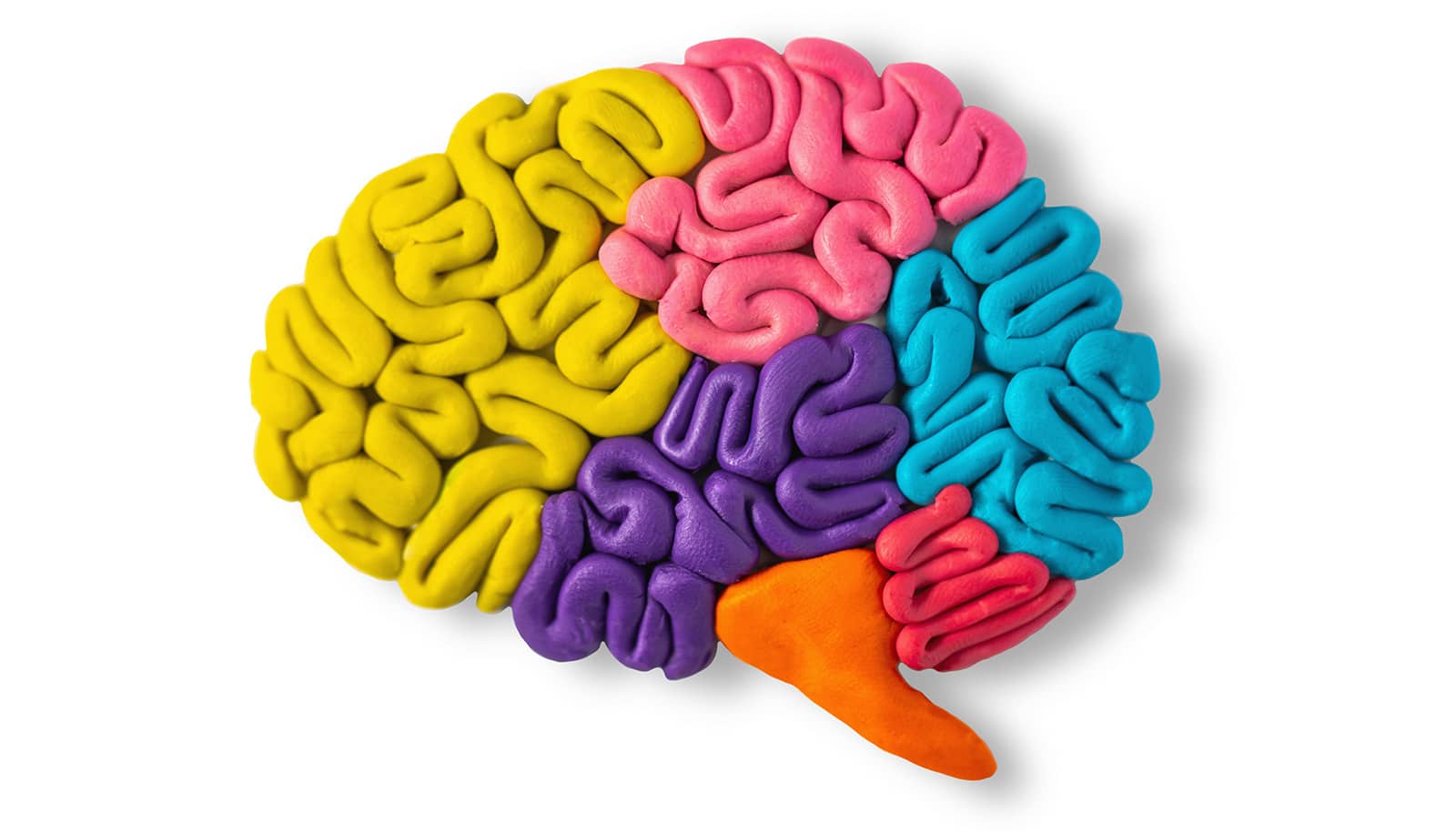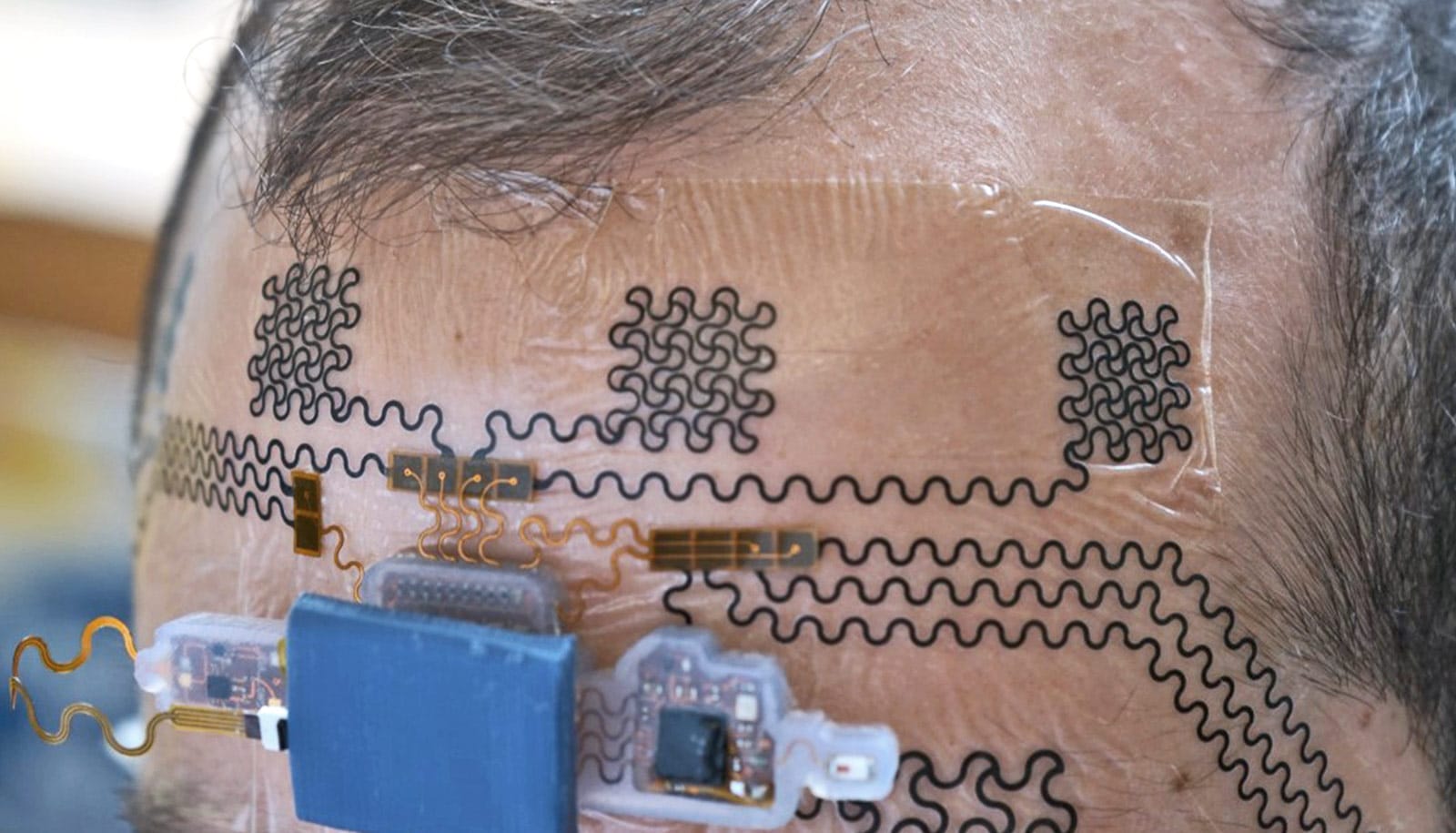New research shows that, for patients with multiple sclerosis, the disappearance of lesions into cerebrospinal fluid is a better indicator of who will develop disability than the appearance or expansion of the lesions.
For decades, clinicians treating MS have interpreted the appearance of new or expanding brain lesions on magnetic resonance imaging (MRI) scans as a sign that a patient’s disease is getting worse.
“Using the appearance of new brain lesions and the enlargement of existing ones as the indicator of disease progression, there was no sign of who would develop disability during five or 10 years of follow-up, but when we used the amount of brain lesion volume that had atrophied, we could predict within the first six months who would develop disability progression over long-term follow-up,” says Robert Zivadinov, a professor of neurology in the Jacobs School at the University at Buffalo and director of the Buffalo Neuroimaging Analysis Center (BNAC) in the Jacobs School, also directs the Center for Biomedical Imaging at UB’s Clinical and Translational Science Institute.
Spontaneous repair?
Brain lesions in general are a sign of damage to the brain, such as physical trauma, a stroke, normal aging, or chronic disease. Patients with MS receive MRI scans as part of their routine care so that doctors can track the appearance of new lesions and the enlargement of existing ones, typically seen as indicators of disease progression.
Approval by the Food and Drug Administration for new MS drugs typically depends on the drug’s ability to reduce the number of brain lesions over 24 months.
“How do we know the lesions have disappeared? Because where there was brain lesion tissue before, there now is just fluid.”
According to this premise, Zivadinov notes, the loss of brain lesions could inadvertently be seen as a sign that the patient’s condition is improving. MS is characterized by the loss of myelin sheaths surrounding axons in the brain and disrupting the brain’s ability to send and receive neuronal messages. The growth of new myelin sheaths around axons may demonstrate that some brain tissue has been repaired spontaneously or as the result of medication.
In order to focus specifically on the disappearance of lesions that likely indicate pathological change like atrophy, not beneficial change, like resolution or remyelination, researchers looked exclusively at lesions seen on previous scans that were later replaced by cerebrospinal fluid.
“How do we know the lesions have disappeared?” asks Zivadinov. “Because where there was brain lesion tissue before, there now is just fluid.”
New approach
“The big news here is that we did the opposite of what has been done in the last 40 years,” says Michael G. Dwyer, assistant professor of neurology and bioinformatics in the Jacobs School and first author of the study. “Instead of looking at new brain lesions, we looked at the phenomenon of brain lesions disappearing into the cerebrospinal fluid.”
Researchers looked specifically at the rate of brain lesion loss due to atrophy compared to accumulation of lesion volume seen both at baseline and follow-up. They found that the amount of lesion volume that atrophied was the only significant lesion parameter that correlated with clinical disability as measured by the Expanded Disability Status Scale (EDSS), the most widely used method of quantifying disability in MS.
“We didn’t find a correlation between people who developed more or larger lesions and developed increased disability,” Dwyer says, “but we did find that atrophy of lesion volume predicted the development of more physical disability.”
Mice without this protein resist multiple sclerosis
While patients with relapsing remitting MS showed the highest number of new lesions during the study, patients with progressive MS—the most severe subtype—had the most accelerated volume of brain lesion atrophy. This indicates that this new imaging biomarker could be particularly important in transitional phases between relapsing and progressive MS subtypes, researchers say.
“Paradoxically, we see that lesion volume goes up in the initial phases of the disease and then plateaus in the later stages,” Zivadinov says. “When the lesions decrease over time, it’s not because the patient lesions are healing but because many of these lesions are disappearing, turning into cerebrospinal fluid.”
Another important scientific finding of the studies, is that atrophied brain lesions were a more robust predictor of disability progression than the development of whole brain atrophy itself, the most accepted biomarker of neurodegeneration in MS, Zivadinov says.
“Our data suggest that atrophied lesions are not a small, secondary phenomenon in MS, and instead indicate that they may play an increasingly important role in predicting who will develop a more severe and progressive disease.”
The five-year study involved 192 patients with one of the three subtypes of MS: clinically isolated syndrome, the earliest stage; relapsing remitting, an intermediate stage; or progressive, the most severe stage. In that study, patients underwent imaging studies in the Center for Biomedical Imaging in the Clinical and Translational Science Institute at UB and BNAC.
Researchers quantified the volume of lesions at the start of the study and patients received yearly scans on the same 3 Tesla MRI machine for more than five years. The researchers calculated lesion volumes over the five years of the study.
In a 10-year study, researchers conducted analyses at the Center for Biomedical Imaging in the Clinical and Translational Science Institute and the BNAC at UB. Patients in that study were scanned in the radiology department and followed in the neurology department and the Center of Clinical Neuroscience, all in the Charles University in Prague, Czech Republic.
How ‘tattoo therapy’ might treat multiple sclerosis
The five-year study appears in the Journal of Neuroimaging. Similar findings resulted from the 10-year study of 176 patients. Researchers presented those findings at the annual meeting of the American Academy of Neurology (AAN) in Los Angeles in April.
The research on atrophied brain lesion volume received no external funding but was supported in part by BNAC and the Center for Biomedical Imaging at the Clinical and Translational Science Institute at UB.
Source: University at Buffalo



